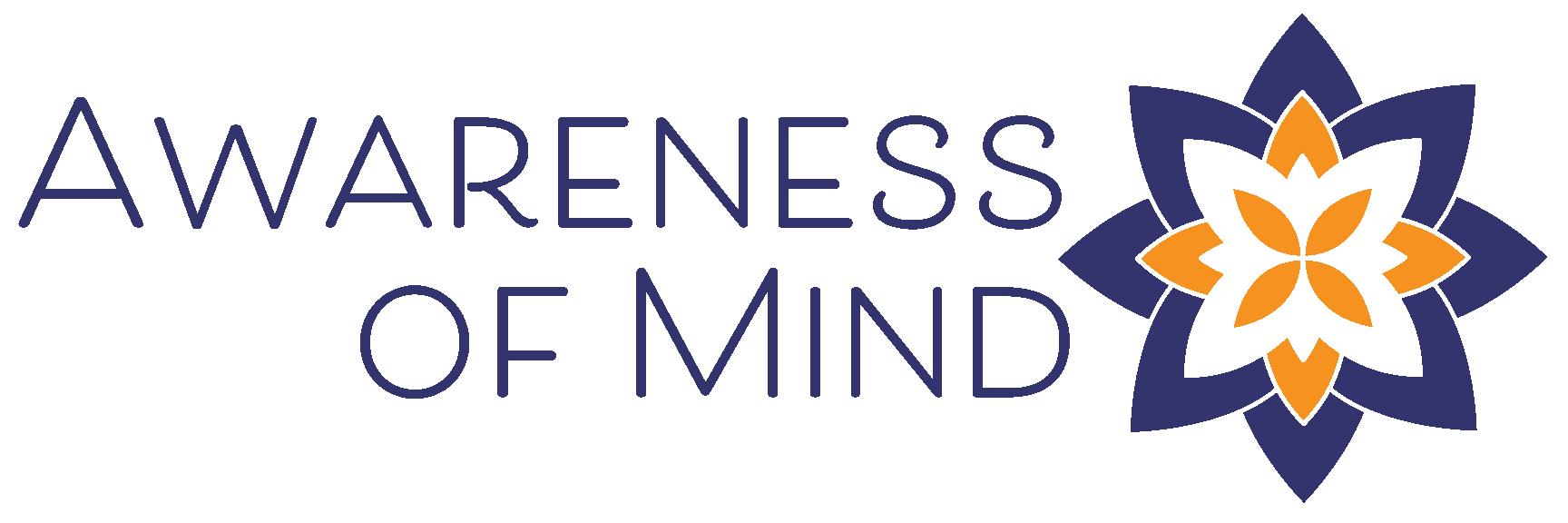What Exactly Is Meditation?
Meditation is a tool for focusing the mind. It is a mental training. And through this training, one may find calm in the mind. A meditation practice is choosing to quiet the mind and body for a set amount of time. While we tend to imagine a person seated with cross legs on the floor in complete tranquility (perhaps like the gnome pictured here), it does not always look like this. A meditation practice may be done seated, lying down, standing or through movement. The most commonly described or known way of practicing is seated, either in a chair or on floor cushion.
Why Practice?
The benefits of meditation are many: boost working memory, increase attention, reduce stress, improve sleep, expand cognitive mental flexibility, positively impact relationships, and boost your immune system to name a few. Meditation may also help us develop concentration and clarity. Throughout our day, thousands of thoughts pass through our minds. At times it may feel as though our minds are extra busy with thoughts. In the practice of meditation, we learn to become aware of our thoughts and our thought patterns. In meditation, we are not emptying our minds but rather seeking to not be controlled by our thoughts. I had a Buddhist teacher describe the ongoing chatter in our minds as “mental fabrication”. Have you had days where you feel your thoughts are extra loud and in in non-stop mode? Meditation can help us calm the storm of our thoughts but it requires practice.
The Practice
Meditation is a practice; it is an opportunity to allow our active minds to take a rest. And like any new habit or practice in life like a sport or learning a musical instrument -there will be days when the meditation practice feels easier than other days. The important thing is to stick with it. Research has shown that practicing more consistently for short amounts of time (10-20 minutes) has greater impact than practicing for one hour per week. Similar to that of learning a new instrument, language or sport. But the most important thing is to start practicing. We must all begin somewhere. If you begin with one time a week- that’s great. Then over time, you can increase it to 2x/week then 3x/week, and eventually daily. A great way to begin or restart your practice is to pick a time you can meditate for 3 or 5 minutes daily. Set an alarm and a timer if helpful.
Meditation might not be good for everyone. For individuals who have experienced trauma, meditation can bring up pain or discomfort. There is much needed research in this area, to understand challenges in meditation and how different types of meditation practices relate to these.
There are many different types of meditations. Most common meditations include a focus on the breath, a body scan or a mantra. Prayer is a form of meditation. It is worth knowing that if you had one guided meditation, this same meditation could be delivered slightly different by someone else.
If you are interested in trying out meditation or are interested in starting up your practice or joining a group in a live, guided meditation – whatever the reason, you are most welcome to join Awareness of Mind (AOM) Weekly Meditations. Now taking place at noon edt/9am pdt. Schedule is posted online. Learn more here.
